Gravel road with 17% steep roads, up and down, Eastfjords, Iceland, July 2025
Following a main route at the outskirts of the Eastfjords.
Roadtripping through Austurland and the Eastfjords.

One of the coolest Eastfjords roads of our Iceland adventure.

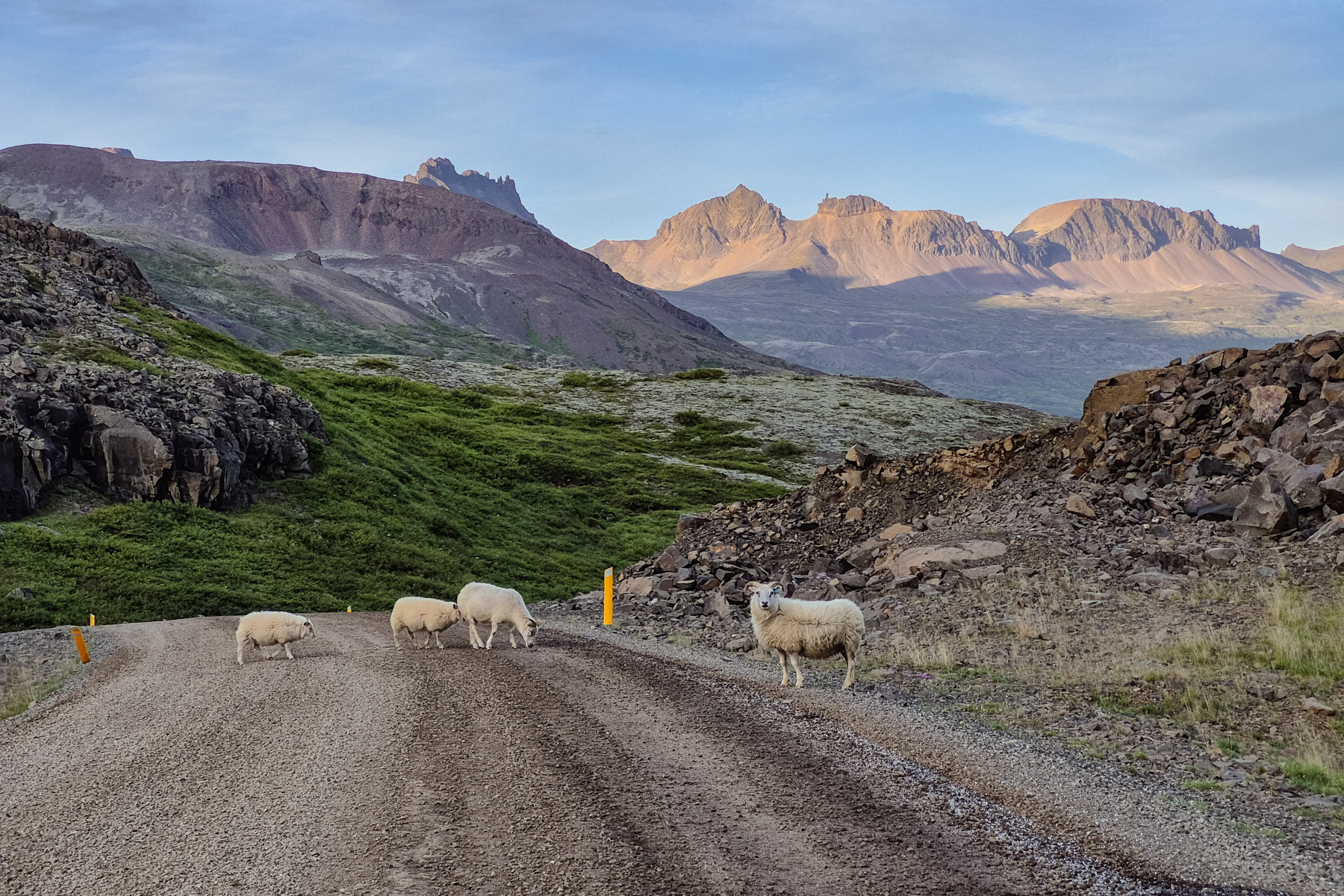
Herðubreið is nicknamed The Queen of the Icelandic Mountains for her majestic shape. Standing 1,682 metres (5,518 ft) tall, she is part of the Iceland Highlands. She is located in the middle of a large lava stone field.
Djúpivogur in the morning, July 2025
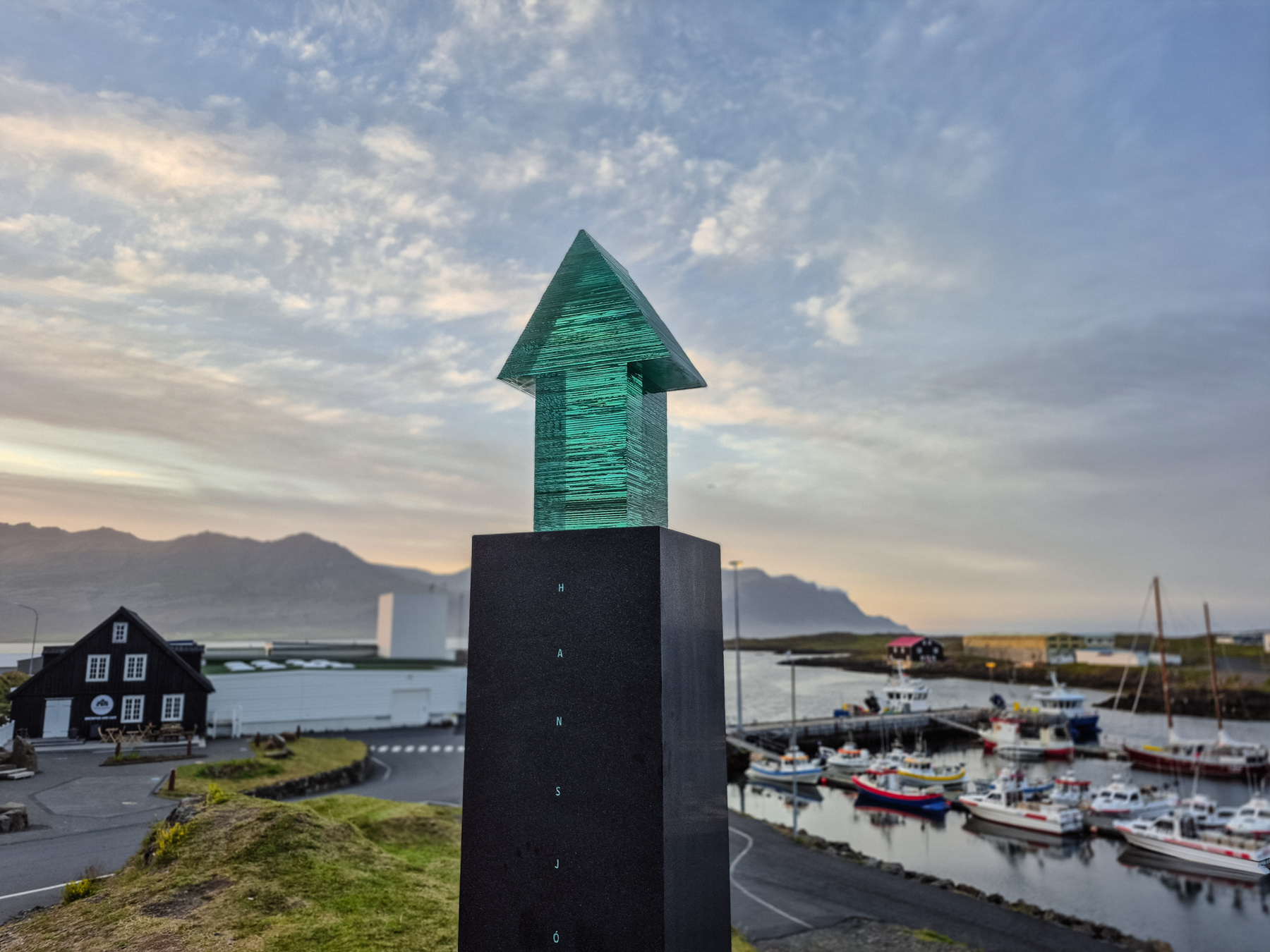
The artwork Liberty.
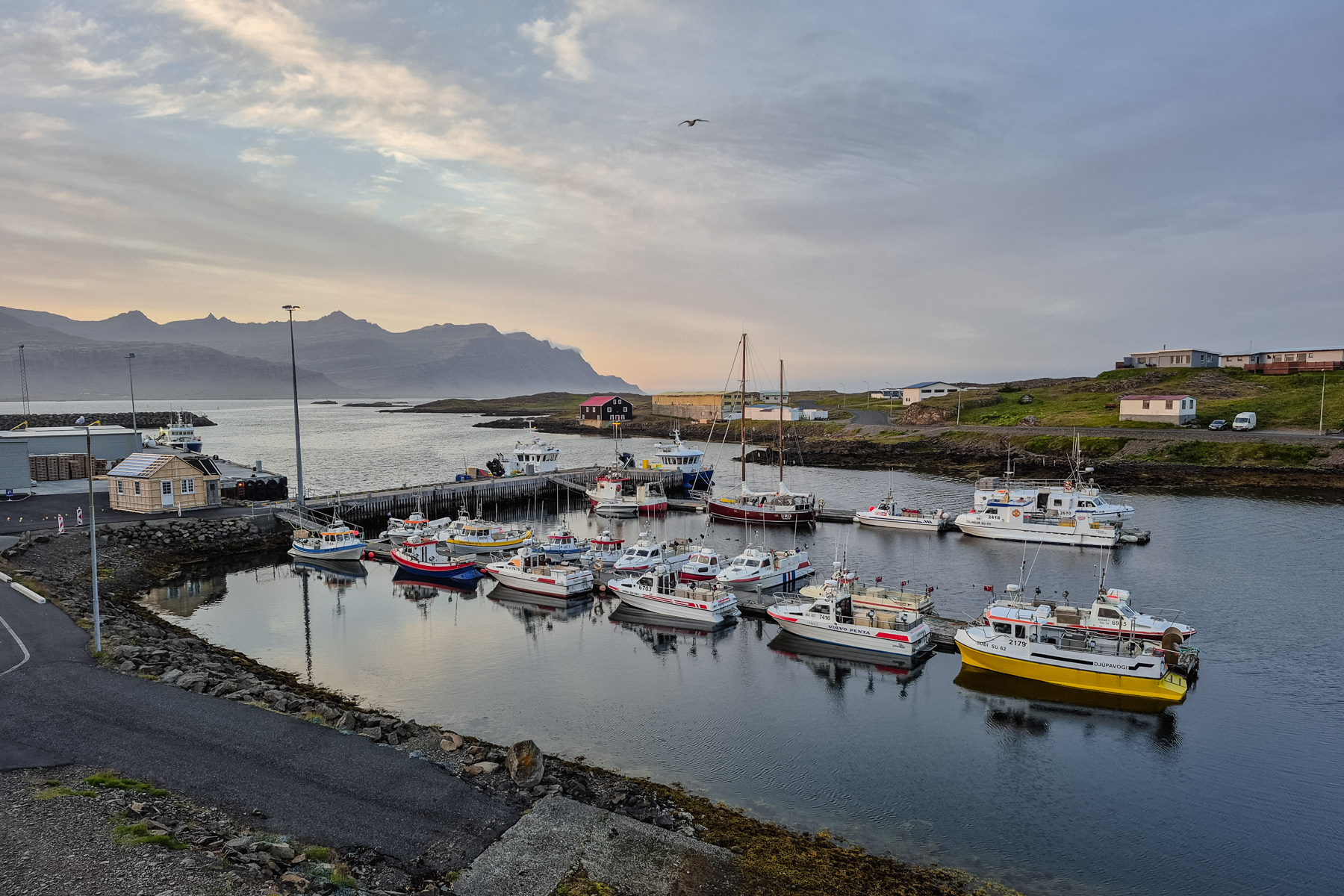
The marine of Djúpivogur.
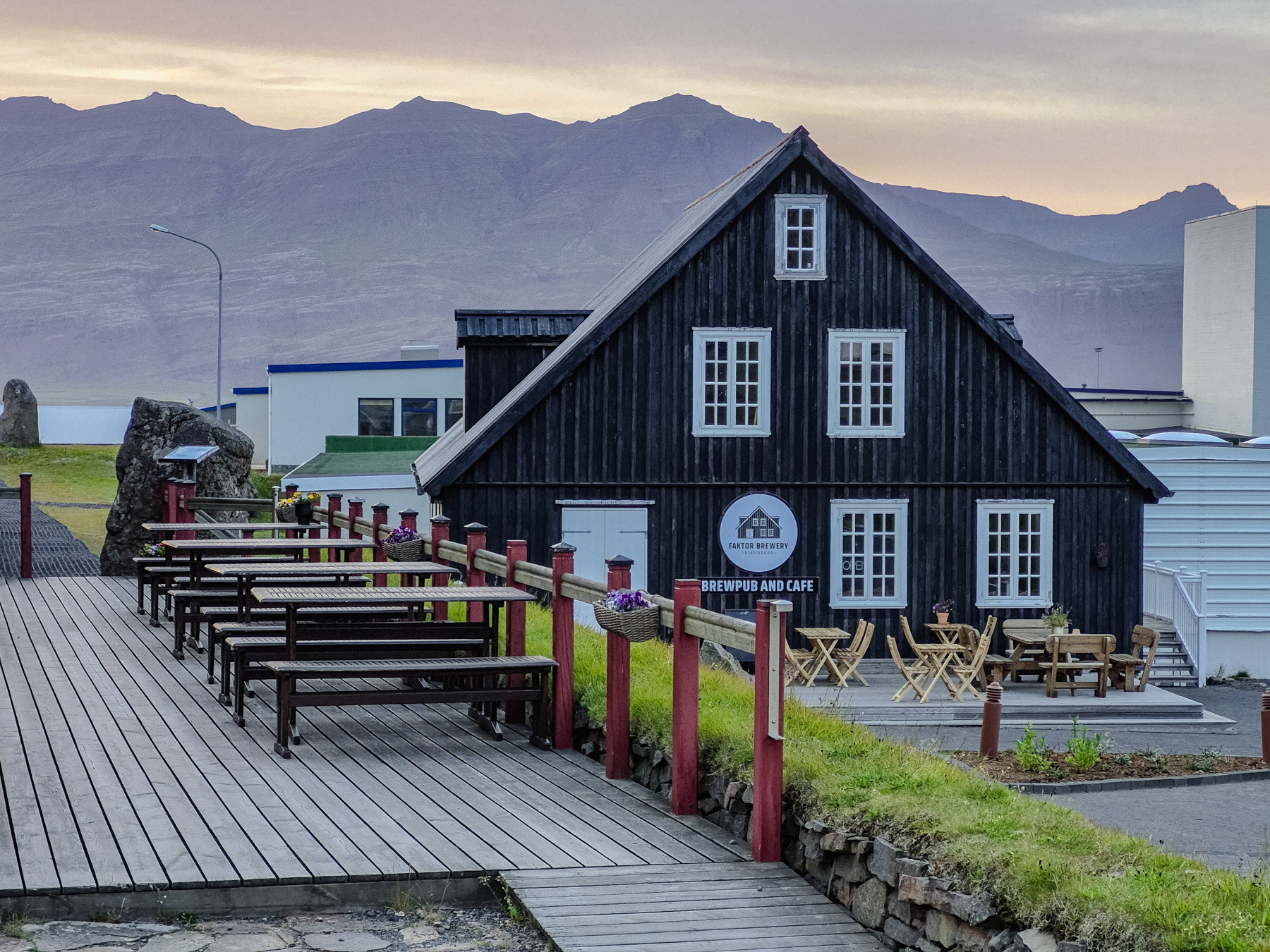
The local pub and restaurant.
Sunset just outside Djúpivogur, July 2025.
Stuðlagil Canyon, July 2025
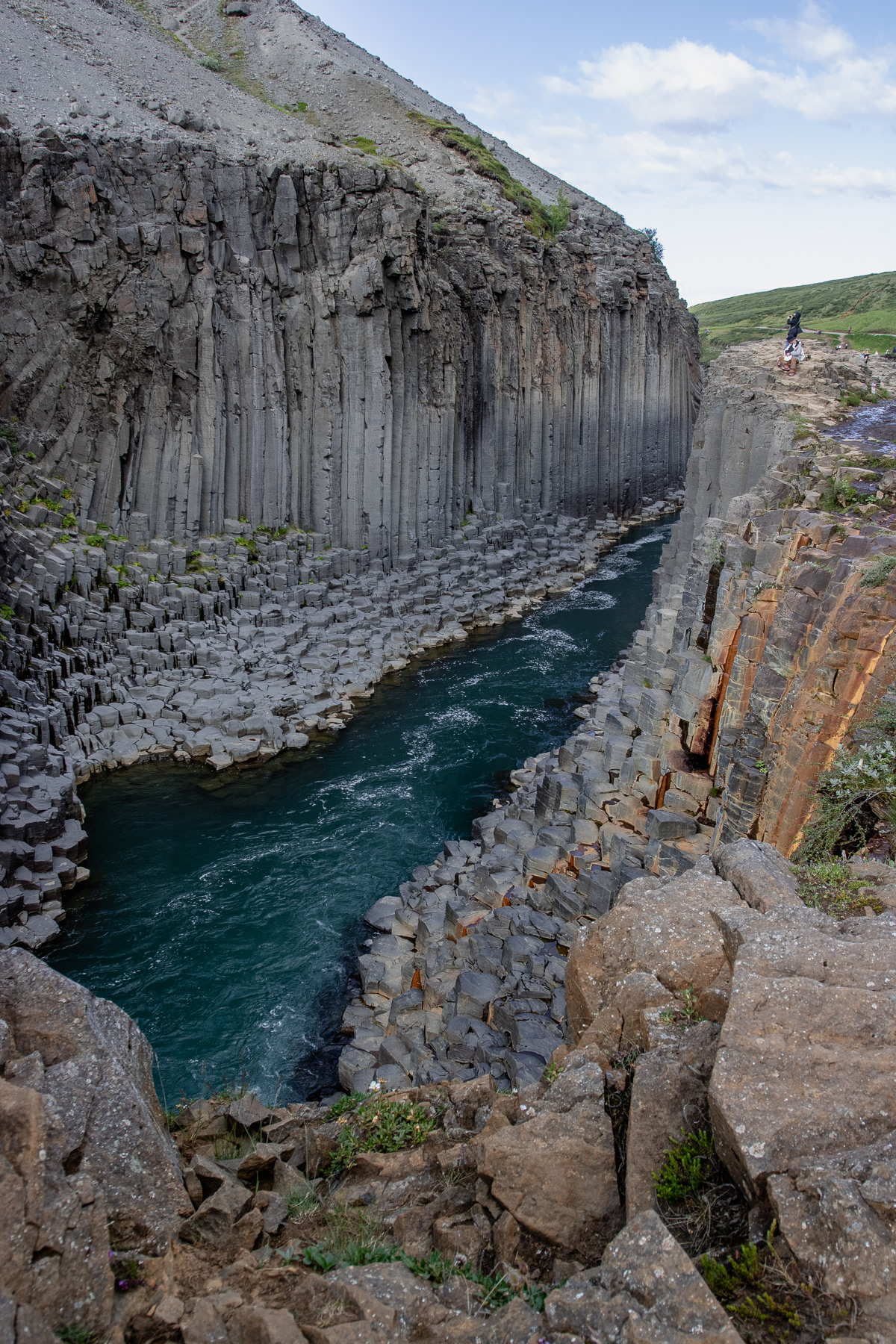
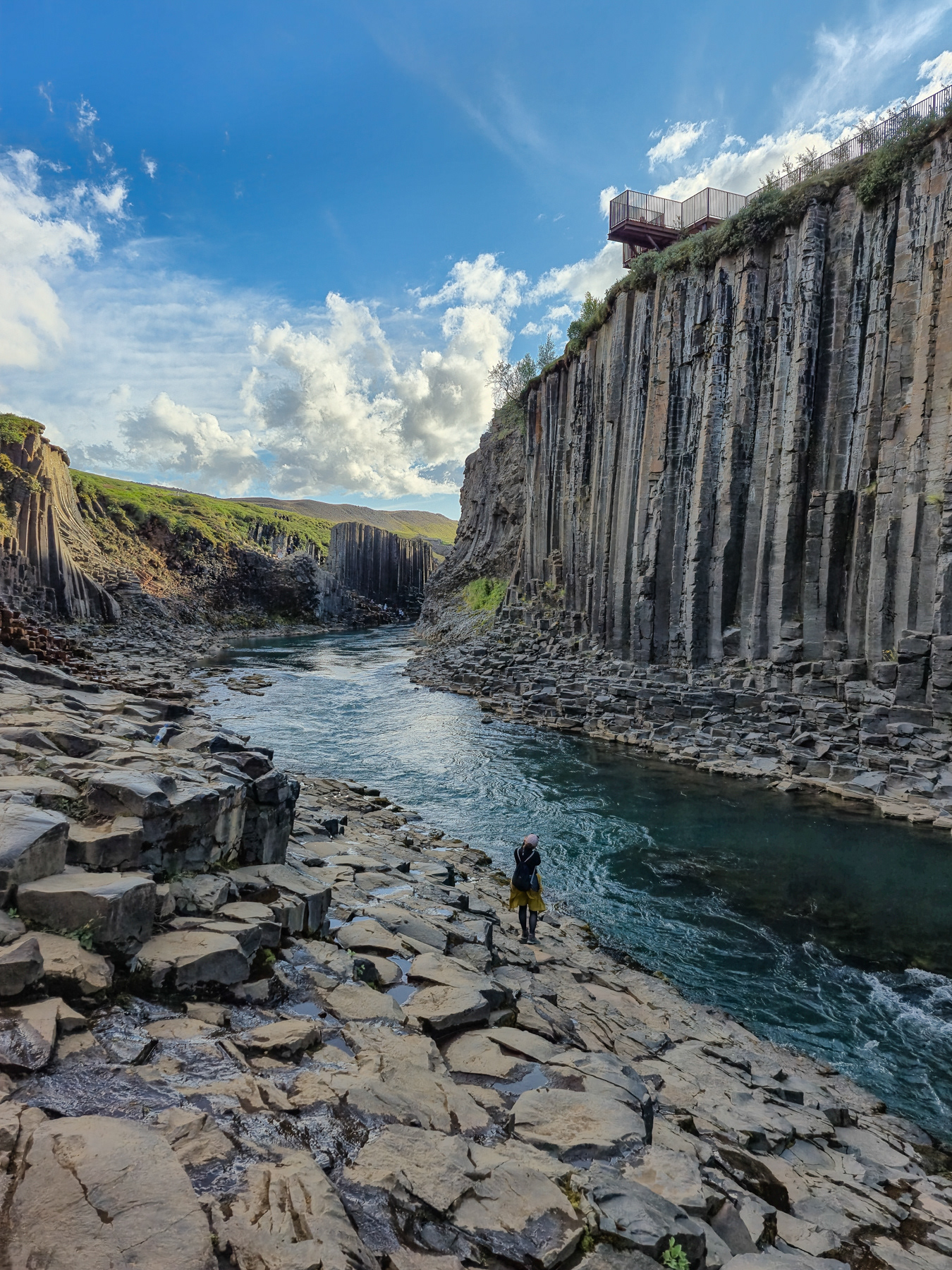


Farmland in the Jökuldal Valley.
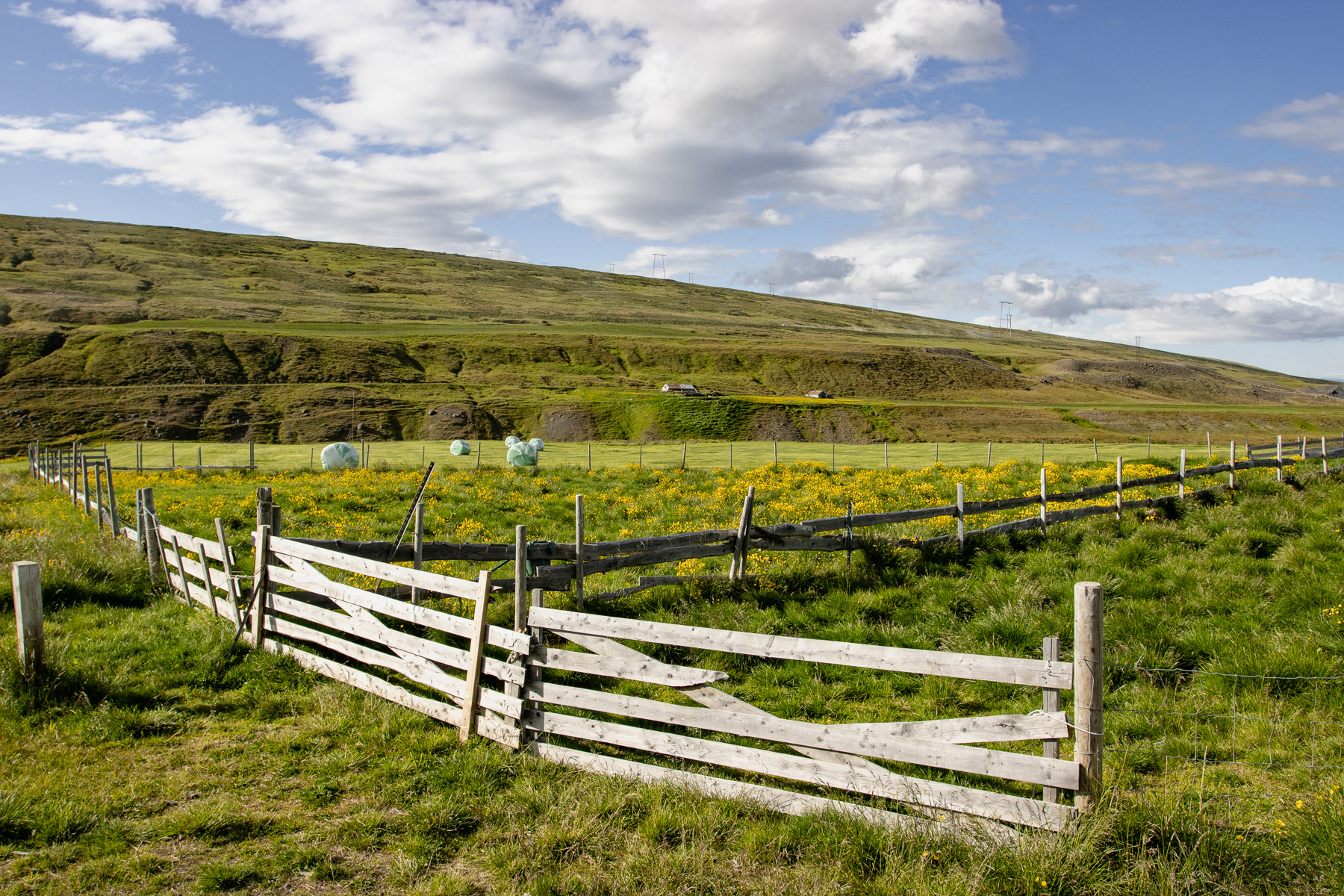
Farmland in the Jökuldal Valley.
The white iron bridge - made in the USA - from 1908 spanning the Jökla river.